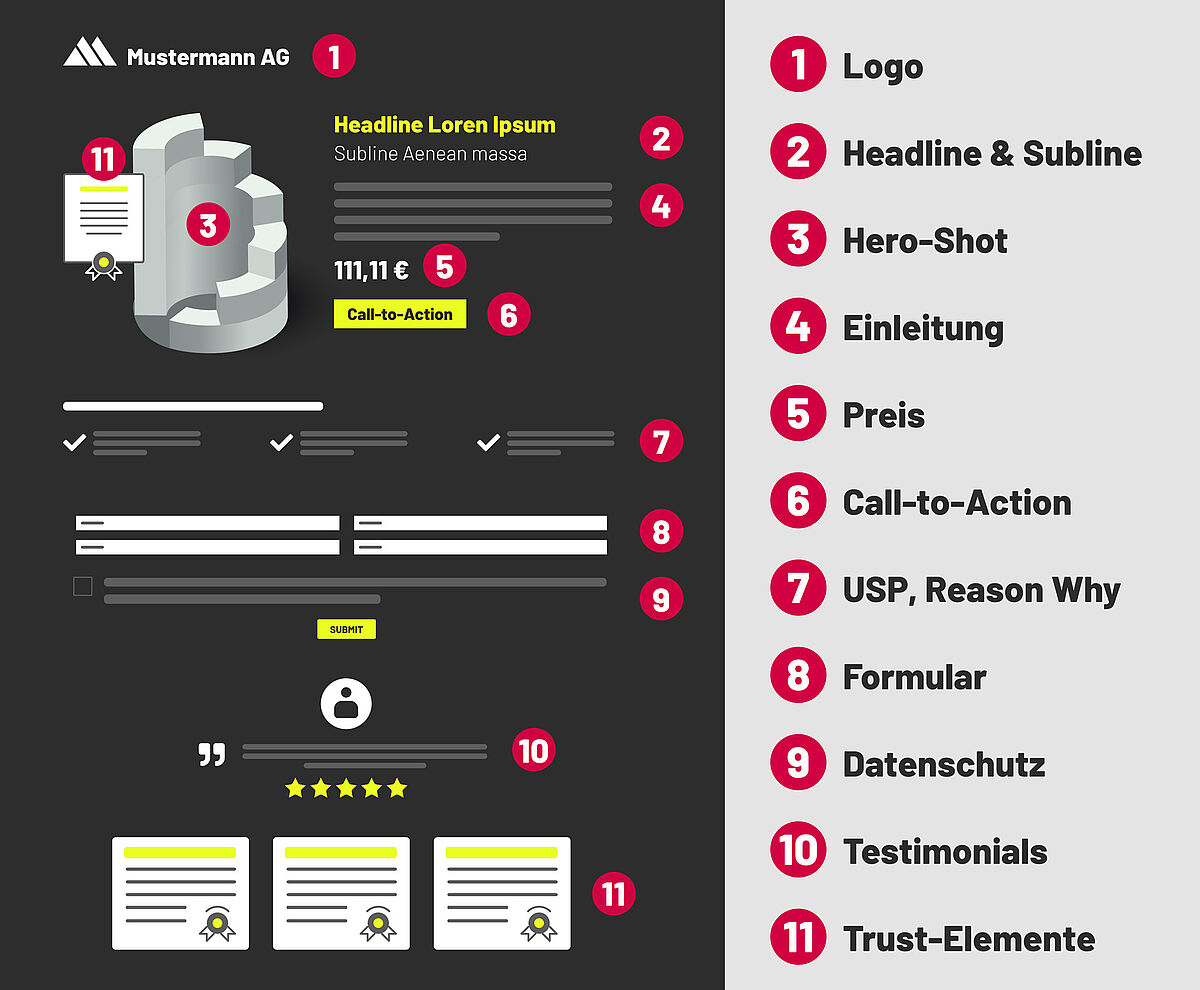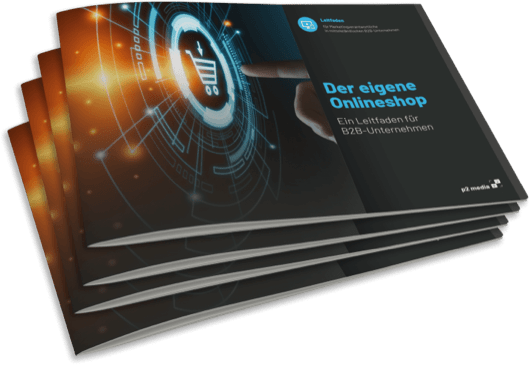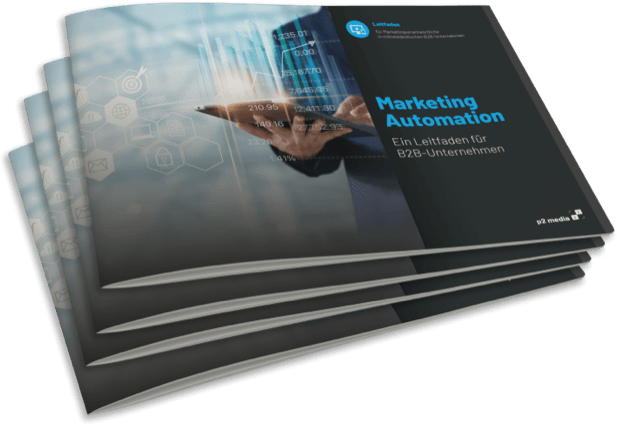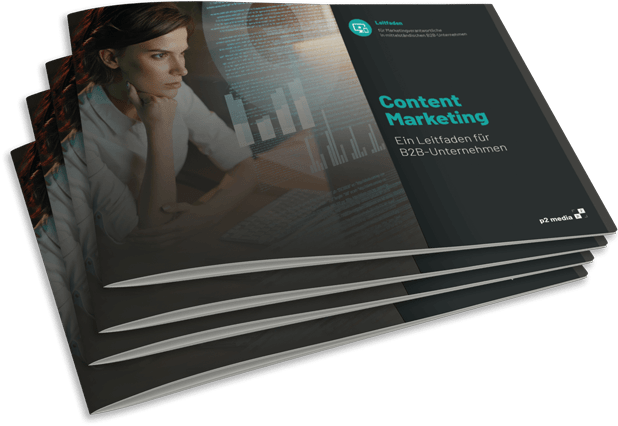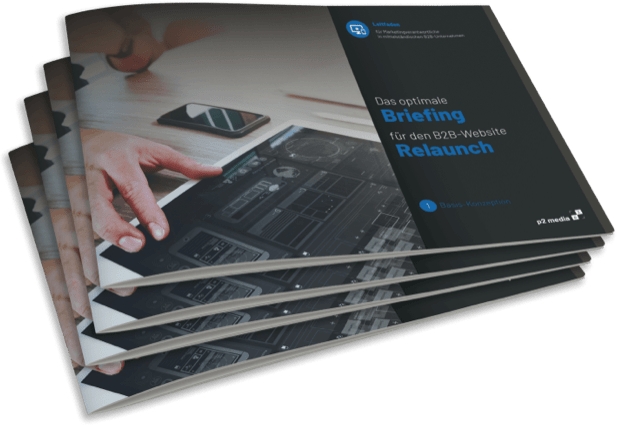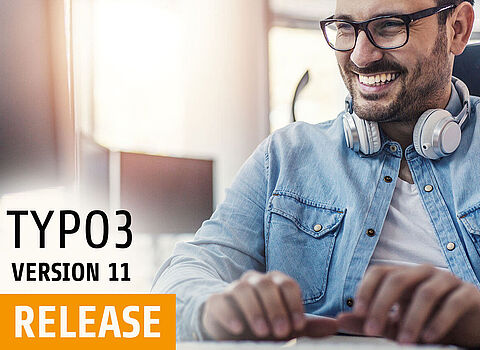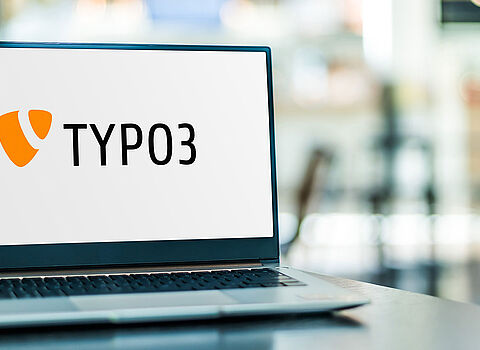The perfect landing page - a powerful tool to strongly drive the conversion process and significantly shorten it.
A landing page usually focuses on a defined purpose of action. Typically, a landing page is used to sell a specific product directly or to generate leads.
A landing page can be part of an existing website or a stand-alone micro-site. The latter orientation is preferred in most cases, as it allows one of the most important functional principles of landing pages to be used optimally: The page should work towards the targeted conversion goal as far as possible without distractions - which can quickly occur, for example, through a menu with links to other pages. Ideally, visitors to a landing page will be precisely guided through the page to an action.
For example, companies can direct prospects to a landing page for a specific Google search via a contextually appropriate ad, which then offers an attractive product with all the key information.
The landing page offers all the relevant facts, convinces its visitors, leads them to conversion with pinpoint accuracy, and thus offers potential for the fastest results. In this case, the result is not only a shortening of the conversion process, but even a greatly accelerated customer journey. This process is easily transferable to other landing page application areas. Perfectly designed landing pages are also true conversion machines due to their strict focus, optimally coordinated added values and precise visitor guidance.
What is the difference between a website and a landing page?
Landing pages always have a very specific conversion goal. The visitors of such pages should act as accurately and quickly as possible according to the defined request. To ensure this, landing pages are designed simply and without distractions from the respective core objective. Ideally, they offer visitors exactly the facts or features that they expect in the context of the page. Anything beyond that or even links to other pages mean increased risk of distracting prospects.
A website, on the other hand, is a much broader information and commerce point. In the business environment, it is usually a construct through which visitors can get a comprehensive picture of a brand and its goods or services and sometimes even purchase products directly. A website usually does not only focus on a very specific action request, but pursues several conversion goals across different pages.
What are the typical forms of landing pages and what are their core features?
The perfect landing page always has only one conversion concern. This is basically already expressed in the respective headline for most of the forms listed below. However, the broader goals that can be achieved with a landing page are even more diverse.
It is quite possible for a landing page to combine several of the benefits described below for a single conversion goal. For example, it is obviously very advantageous if a landing page not only sells, but also provides precise information. Among other things, this suggests a strong customer orientation on the part of the site operator, which in turn can foster brand loyalty at an early stage.
Landing pages are excellent for generating sales. For example, special products, but also certain categories or discounted goods can be offered.
A landing page can be easily configured so that it harmonizes optimally with the external shop system. For example, it is possible to program a button in such a way that it places an item directly in the shopping cart of the shop.
Especially for sales, an appealing and well-configured landing page can be a real boon - even if the primary goal of this is not direct sales. For example, there are landing pages that inform about a topic relevant to the target group and offer the download of a comprehensive whitepaper in the same step. This can be downloaded in exchange for data. Connected to a marketing automation system, high-quality leads can be generated using this data and developed into real customers through specific feeding with further information.
The same applies to registrations in shops, for bonus campaigns, etc. or even newsletter registrations: Arouse interest, convince, register, is the motto. Here it is especially important to keep not only the page, but also the following registration process as lean and user-friendly as possible. It would be very annoying if the landing page fully serves its purpose, but real prospects then bail out during the registration process.
When launching new products or announcing events such as a virtual trade fair, landing pages can bring a lot of reach. If a landing page is optimally adapted to the promotion of the respective matter and if you advertise it in the right places, the chances are good that many people of your own target group will take notice.
Good landing pages show their visitors within seconds what they can expect on the page. For example, they precisely present a new product, service or information relevant to the target group on a related topic.
Incidentally, a page that is primarily intended to inform will tend to perform better if companies create it as an SEO landing page rather than one that can be accessed through an ad. This is because potential visitors are quicker to associate the latter orientation with an intention to sell. However, since it is probably primarily information that is being sought, such a cognitive connection can be a disadvantage.
Create landing page: Agency, freelancer or do it yourself?
Companies that are at the very beginning in terms of landing pages and first want to test whether such pages are useful for business purposes, like to design themselves first. Of course, this can bring valuable experience and success is not excluded.
However, the positive effects of such internal implementations are often based more on luck and a lot of trial and error than on a really well thought-out, targeted strategy. This makes not only the first realization a rather inefficient affair, but also the ongoing optimization.
A specialized freelancer will work in a much more structured way. Clients get a usable result faster with significantly greater chances of long-term benefits. The ideally transparent strategic basis with clearly defined goals and sufficient documentation provides the opportunity to carry out optimizations or realignments efficiently, even after a longer period of time.
A landing page agency also proceeds on the basis of a concrete strategy. The big advantage over a freelancer is that clients also benefit from the expertise of several professionals. The know-how and experience that an agency brings in web design, SEA, SEO, social media marketing and other areas that are often important in connection with landing pages, can usually not be delivered by a single freelancer.
What do you need to look for when creating a landing page?
For a landing page to achieve its full effect, not only the structure must be right. Furthermore, the right basic orientation must be ensured.
The following points are particularly important.
The text content of a landing page should contain exactly the information that the target group expects/needs in the context of the page and should be as short and concise as possible. Furthermore, they ideally form a logical sequence through which visitors are precisely guided to the desired conversion.
The same applies to images and videos as it does to texts. In addition to high quality and a strong contextually appropriate information power, impressive visuals can also be useful in some contexts. Furthermore, images and videos loosen up structures. A balanced mix of text, image and video means increased potential for success.
Often landing pages are promoted via paid ads. However, having an SEO landing page created can be the better choice in some cases - especially if the content of the page is not to be immediately associated with commerce, which ads quickly imply.
Landing page checklist for the right construction of the perfect landing page
A good landing page always has a clear structure that visitors can follow without difficulty. Ideally, the combination of layout, design and information leads directly to the desired conversion.
The perfect landing page should have the following elements.
- Logo: The logo is an important anchor point on a landing page that creates trust and represents the company and clearly distinguishes it from the competition.
- Headline and subheadline: The headline optimally lets visitors of a landing page quickly recognize whether its content is interesting for them or not. The headline acts as a central eye-catcher and, in conjunction with the most important keywords, succinctly communicates what to expect on the page. The subline then establishes the larger context.
- Hero Shot: The hero shot is the image that primarily catches the eye of visitors to a landing page. This should of course show the offered product from its best side or create a positive reference to the presented services, events, bonus promotions, etc. that appeals to the target group.
- Introduction: This is followed by a short explanation of the offer, whereby the central advantages should be emphasised. Headlines and introduction ideally form a logical sequence and encourage further reading.
- Price: If the landing page refers to a product that is available for purchase, the price and its design should also be addressed. Appropriate information is extremely important, especially for sales landing pages, as the question of price plays a central role in any deal. From a psychological point of view, it can also be useful to explain how the costs are arrived at - for example, by transparently calculating the individual services of a service.
- CTA: Even here, it is sometimes worthwhile to include a call-to-action (CTA), which calls for action in terms of the intended conversion. For success, the CTA must be a logical consequence of the introduction.
- USP, Reason-Why: What makes the product, the promotion or the event of the landing page special has already been highlighted in the introduction. Now it's time to make the benefits clearer and convey why you should choose this offer or why this topic is relevant. Once again, the focus should be as briefly and concisely as possible on the really outstanding special features.
- Form: Aform for contacting is useful on almost every landing page. If the page is convincing, but leaves specific questions unanswered for some visitors, they can clarify them directly. A form can also be placed as a lock-up in front of the respective content, which is made available via the landing page and is only available for download if data is provided. Corresponding findings then flow into the optimization of the landing page at best. In addition, the landing page operator is pleased about new leads.
- Data protection: Ensuring data security and compliance with data protection regulations is of course also an important issue for landing pages. Here, as with other pages, the use of cookies must be pointed out in detail. Furthermore, it is important to obtain consent from the leads, especially for landing pages for lead generation, that personal data may be stored and used for contacting them.
- Testimonials: Even more convincing than certificates and the like are real statements from satisfied customers. "Real statements" because authenticity is an important factor for effectiveness. Overly polished and detailed reviews are quickly unmasked as self-generated marketing.
- Trust elements: Trust elements can be Google stars, certificates or awards, for example. Corresponding seals and comments optimally give visitors to a landing page strong arguments to trust the site's executions. And trust is one of the strongest psychological catalysts for the purchase decision!
This is why WordPress is suitable for creating a landing page
WordPress is by far the most used content management system (CMS). Not least because of its simple, uncomplicated usage structures, more and more website operators are choosing it as the basis for their internet presence.
These prerequisites also make the CMS a good solution for landing page creation. With the right plugins, it is not only relatively easy to optimize the page load time, effectively perform SEO and SEA and check images, texts, etc. for good readability, keywords and structure. Mobile-optimized landing pages can also be created directly with all important components.
Thrive Architect offers the best prerequisites here as a page builder extension with its more than 300 landing page templates, drag-and-drop functions and pre-programmed conversion elements.
Conclusion: The perfect landing page
Landing pages differ significantly from a conventional website construct. They aim at a specific conversion, which can only be achieved really efficiently and effectively if certain conditions are created.
In general, it is important to provide visitors with exactly the information they need in the context of the page in as short a form as possible and thus to convince them of the page's offer. If everything is done correctly, landing page operators can be happy about many conversions and short-term achievement of the set conversion goals.
We are happy to support you in making your online presence competitive and future-oriented:
- How does your website compare to your strongest competitors? We would be happy to conduct a free TYPO3 upgrade check for you and define a success-oriented target alignment together with you.
- In this context, we will advise you with our extensive know-how on the topics of user experience and user guidance on your website and help you to deliver an optimal experience to your customers.
- Our experienced web developers will be happy to implement your individual wishes - be it the development of extensions, responsive websites, apps orinterface connections.
- Need a new website? No problem. Together we will find the right content management system for you and start from scratch.
- Our support team is always available for technical and editorial support as well as regular training.
For a successful and comprehensive online strategy, we are also happy to advise you on the following topics:
Oliver Parrizas will be happy to answer any questions you may have on the subject. +49-800-911-91-91




